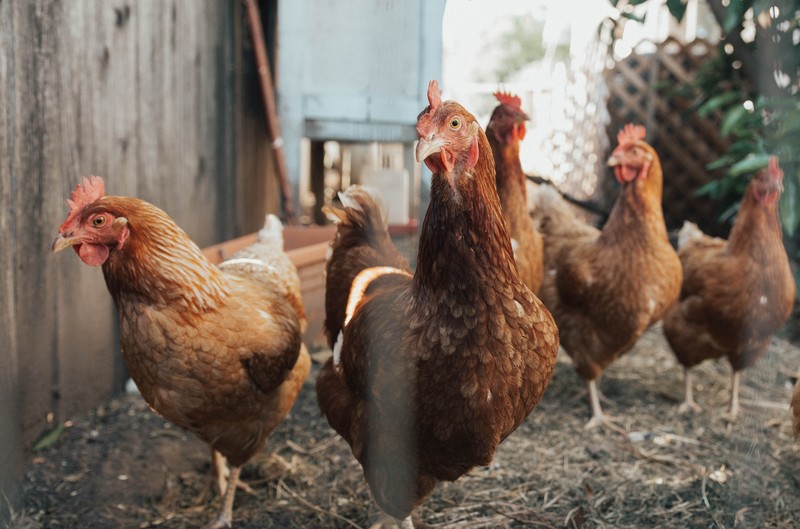Grocery bills are set to get even higher as grocers begin to process a backlog of requests from suppliers to increase prices. With food bills showing no sign of slowing, more people might be inclined to say “cluck it” and start their own farm at home.
Driving the news: Over the course of 2022, 15.5% of Canadians actually began growing their own food at home, per food researcher Sylvain Charlebois—a trend that began as a pandemic hobby and (understandably) grew in popularity as food inflation rose.
- Even as inflation has started to cool, food prices remain elevated. In December, food inflation clocked in at 11% compared to 6.3% for total inflation.
In the US, there’s been a surge of people raising their own chickens in the face of soaring egg prices, per The New York Times. The trend could take off in certain parts of Canada.
- Last year, Winnipeg greenlit a two-year pilot program allowing people to raise chickens within city limits.
- Toronto also wants to extend its urban chicken-keeping pilot—the hilariously named UrbanHensTO, which sounds like a Facebook group for moms who love gossip.
Why it matters: Almost three-quarters of the population live in large urban centres that aren’t ideal for at-home agriculture (and are subject to Canada’s harsh winters). While vertical and SPIN farming could make urban farming easier, growing at home isn't yet a feasible supermarket replacement for most people.
